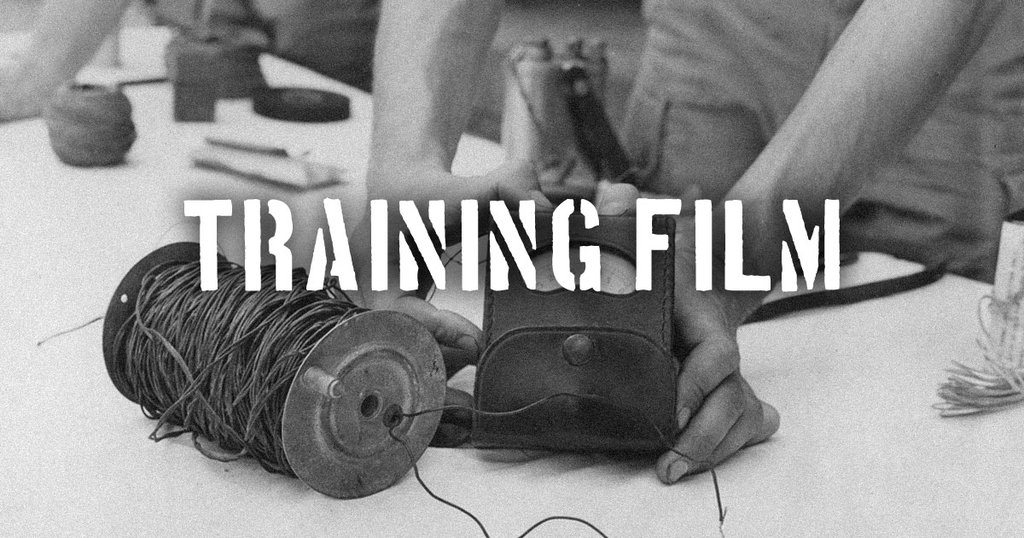
-

1950s U.S. ARMY DEMOLITION ELECTRIC PRIMER TRAINING FILM 32454
-

57mm Recoilless Rifle 81560c
-

THE REINFORCED TANK BATTALION IN THE ATTACK U.S. ARMY TRAINING FILM 23784
-

1957 U.S. ARMY TRAINING FILM FUNDAMENTALS OF AMMUNITION RENOVATION 31094
-

" CURIOSITY KILLED A CAT " WWII U.S. ARMY UNEXPLODED ORDNANCE HANDLING INFANTRY TRAINING FILM 72442
-

U.S. ARMY WWII RIFLE CLEANLINESS COMBAT TRAINING FILM M-1 GARAND 1943 79084
-

WWII PARACHUTE TRAINING AND TYPES U.S. ARMY AIR CORPS FILM 71202
-

U.S. ARMY CORPS OF ENGINEERS CONSTRUCTION OF ROLLED EARTH DAMS 62994
-

1941 U.S. ARMY SIGNAL CORPS " BASIC SIGNAL COMMUNICATION " FIELD TELEPHONE SYSTEM SETUP 17134
-

WWII U.S. ARMY TANK & AIRBORNE INFANTRY MILITARY TRAINING HOME MOVIE 53644
-

"CRACK THAT TANK" RESTRICTED WWII INFANTRY TRAINING FILM 1943 ANTI-TANK WARFARE 27424
-

ADJUSTMENT OF THE SERVICE GAS MASK 1941 WWII TRAINING FILM 29662
